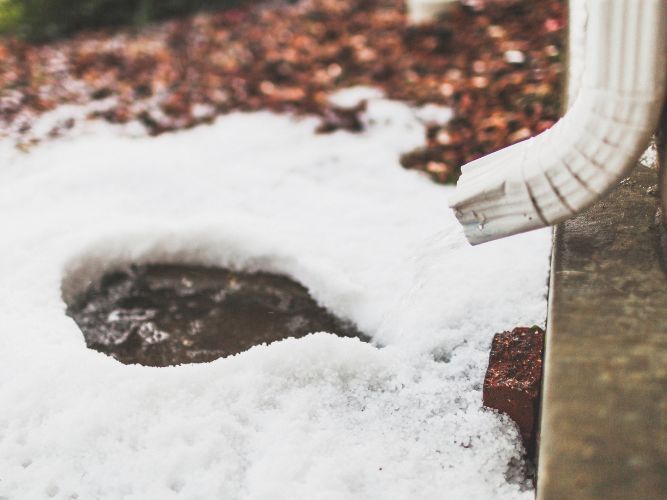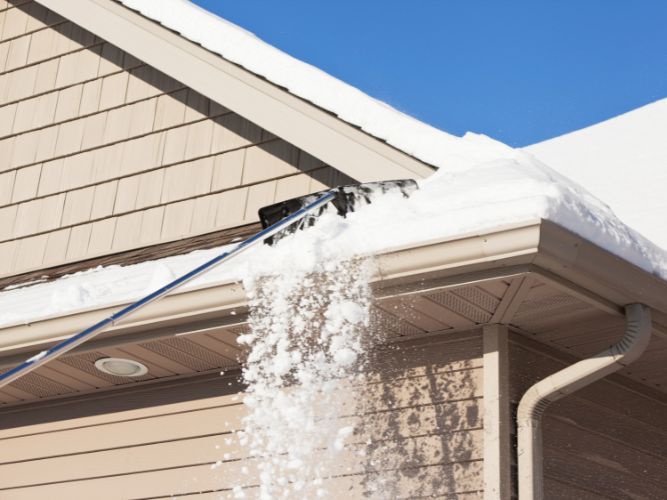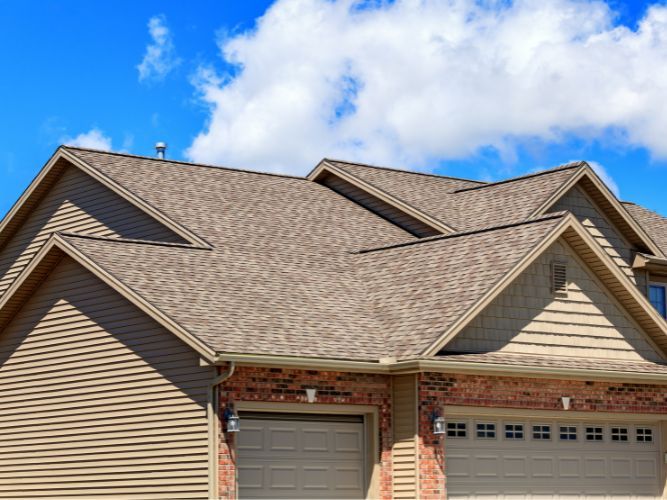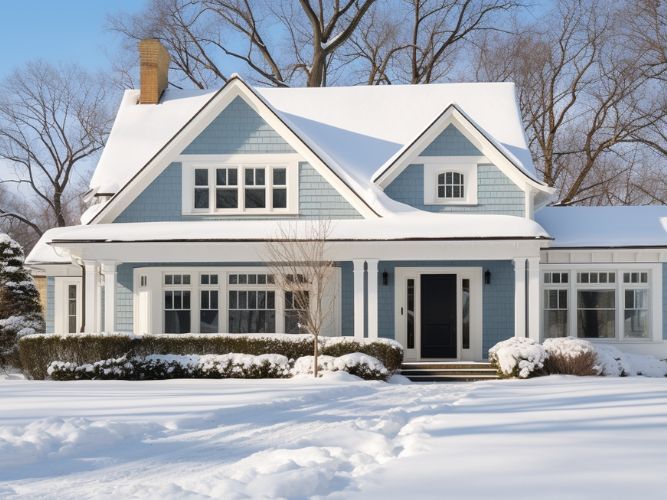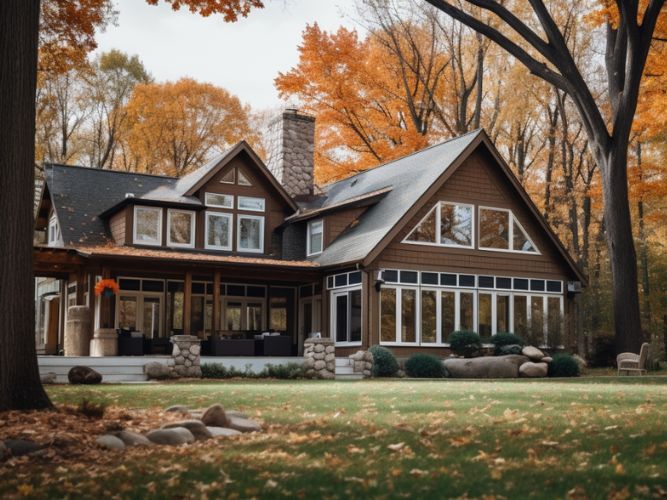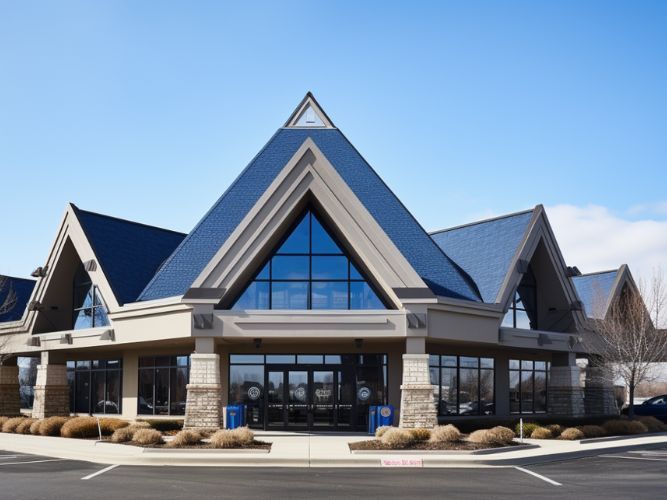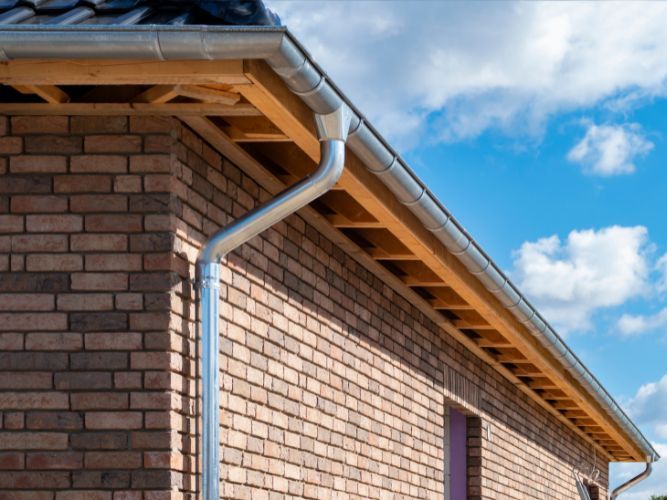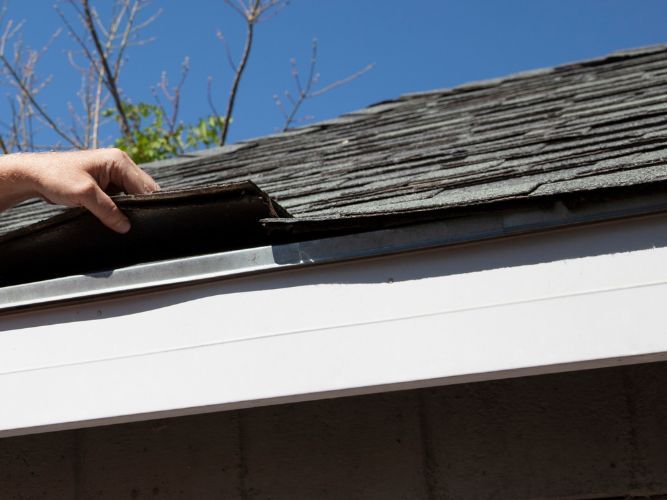Protect Your Roof and Home With Regular Downspout Maintenance
TL;DR: Regularly maintaining downspouts is crucial to protect your property from water damage. Clean them twice a year to prevent clogs and inspect for issues like cracks or rust. Installing gutter guards and ensuring proper drainage further safeguards your home. Boss Roofing – Siding Experts in Rock Falls, IL, offers professional assistance for downspout maintenance and related roofing needs.
Keeping your downspouts in good working order maintains the appearance of your property and protects its structural integrity. Essential downspout maintenance involves regularly checking and cleaning these parts of your roof so they can effectively divert rainwater away from your home.
Neglected downspouts can cause many problems, including water damage to basements, erosion around the foundation, and water pooling around the property. To avoid these issues, you must regularly clean the downspouts from any larger debris that accumulates, making it hard for the water to flow freely.
Inspecting your downspouts for signs of damage or wear and addressing these issues as soon as they arise can prevent potential water damage to your property. In this article, we’ll see how taking proactive steps toward downspout maintenance can help you keep your home structurally sound and undamaged.
What Is a Downspout System?
A downspout system protects your home from water damage by directing rainwater away from your foundation and landscaping. Downspouts are the vertical pipes connected to the gutters that run along the edge of your roof.
Their main job is to take the water collected by the gutters and channel it safely to the ground or into a drainage system. They stop the water from pooling around your property, seeping into the basement, or eroding the surrounding soil.
Homes in residential areas usually have one of the following types of downspouts:
- Aluminum Downspouts. They’re durable and rust-resistant, making them a great long-term investment for your gutter system. They’re currently the most used type of gutter, and they’re only expected to be more popular.
- Vinyl Downspouts. Offer a lightweight and cost-effective solution. They don’t corrode, which is a plus.
- Copper Downspouts. They provide an elegant look that will develop a beautiful patina with age.
- Steel Downspouts. Can withstand severe weather conditions, making them ideal for areas with strong winds or heavy rainfall.
Signs of Downspout Problems
You should check your downspouts for damage at least twice annually. The best time to do this is in the spring and fall. This allows you to check for potential damage from winter weather and prepare for potential summer storms. When inspecting, focus on a few indicators that could spell trouble for your home’s exterior and foundation.
- Water Pooling Around the Foundation. After a rainstorm, walk around your home and look for stagnant water near the foundation walls. This pooling can mean your downspouts aren’t sending the rainwater away from the house. Excessive moisture can weaken the foundation, causing structural damage. To prevent this, extend your downspouts five feet away from your home at least, directing water away from the foundation.
- Overflowing Gutters During Rain. Leaves and twigs can move along the gutters and get stuck in the downspouts, preventing water from draining. This overflow can damage the gutters and the house’s siding. It can even seep into your basement or crawl spaces.
- Visible Cracks or Splits in Downspouts. Such damage can compromise the integrity of the downspout, hindering its ability to channel water away from your home. Even small cracks can grow over time, especially with the freeze-thaw cycle in colder climates. Water can freeze inside these cracks, expanding and causing further damage.
- Peeling Paint or Rust on Downspouts. While it might seem purely cosmetic, it indicates that moisture is affecting the downspout material, weakening its structural integrity. Rust, in particular, can eat away at metal downspouts, creating holes through which water can escape before reaching the ground.
Regular Downspout Maintenance Tasks
The downspouts on your house are always working, catching any excess water and directing it away from the property. However, they are constantly exposed to the elements, making them more prone to damage. You can set up a cleaning and inspection routine to keep your downspouts functioning well. That isn’t a complicated task and involves a few simple steps.
- Clear Leaves and Debris From the Downspout. Do this at least twice a year, ideally in the spring and fall, as this is when leaves are most likely to accumulate and cause blockages. To remove clogs, you can use a plumber’s snake. This flexible rod dislodges clogs deep within your downspouts, clearing the path for water to go through.
- Flush Out the System With Water. In addition to clearing debris, you should also do this semi-annually. Using a garden hose for this task allows you to check for smooth water flow through the downspouts. If you notice water backing up instead of flowing freely, the downspouts likely have a clog.
Inspecting for Downspout Damage
As you tackle regular maintenance around your home, you can also check the downspouts for any signs of damage. Start by examining them for visible cracks, holes, or rust. These are clear indicators that your downspout is compromised and is not handling the water flow as it should. Check that all fasteners are secure. Loose or missing fasteners can cause your downspouts to pull away from the gutter system, compromising its integrity and function.
While your inspections are valuable, it’s equally important to have the downspouts checked by a professional, especially for issues that aren’t easily visible. Professionals can identify and repair hidden problems, ensuring your downspout system remains effective.
Preventative Measures
In addition to regular maintenance, responsible homeowners can go the extra mile and take several preventative steps to protect the downspouts on their houses.
Some of these effective strategies include:
- Installing Gutter Guards. These devices cover the gutters, preventing foliage and other debris from clogging the downspouts. As a result, water can flow freely, reducing the risk of overflow and damage to the home’s foundation and siding.
- Setting Up a Regular Gutter Cleaning Schedule. By ensuring your gutters are clear of debris at least twice a year, homeowners can prevent blockages that can lead to water damage or cause the gutters to detach from the house due to the weight of trapped materials.
- Proper Landscape Drainage. The landscape needs to slope away from the house slightly so water doesn’t pool around the foundation.
Professional Downspout Maintenance
Experienced roofers can spot issues homeowners can miss, such as minor cracks, clogs deep within the downspout, or improper alignments. During a typical maintenance visit, the professionals thoroughly inspect and clean your downspouts, removing any accumulated debris.
They can perform minor repairs or suggest improvements to protect the property against future problems. It’s smart to schedule such inspections at least twice a year. This frequency helps prevent buildup from seasonal changes and keeps your downspouts functioning efficiently year-round.
Wrapping Up
Regular upkeep of your downspouts is an investment in the longevity of your home. Essential downspout maintenance involves checking for clogs, leaks, or other signs of damage. You should clean your downspouts two times a year to prevent water damage on your roof and foundation.
Ensure they’re securely attached to your house and that the water is flowing away from the foundation. If you need help doing these chores, Boss Roofing – Siding Experts in Rock Falls, IL, is here to lend a hand.
Our expert roofers can clean, repair, or replace your downspout and gutter system. While up there, we can check the roof for leaks or cracks or see if your siding has water damage. Whatever your gutter or roofing needs, our company has more than enough experience and expertise to address them. Don’t wait until the last moment. Get in touch with us today!
